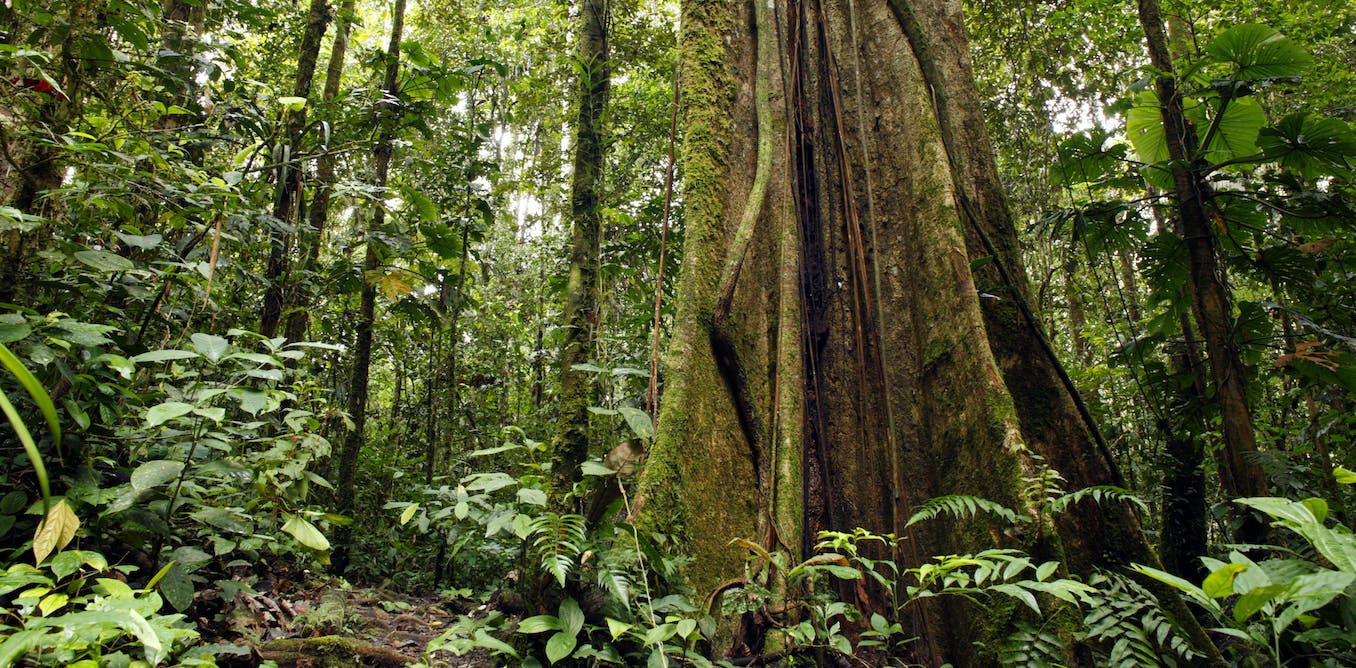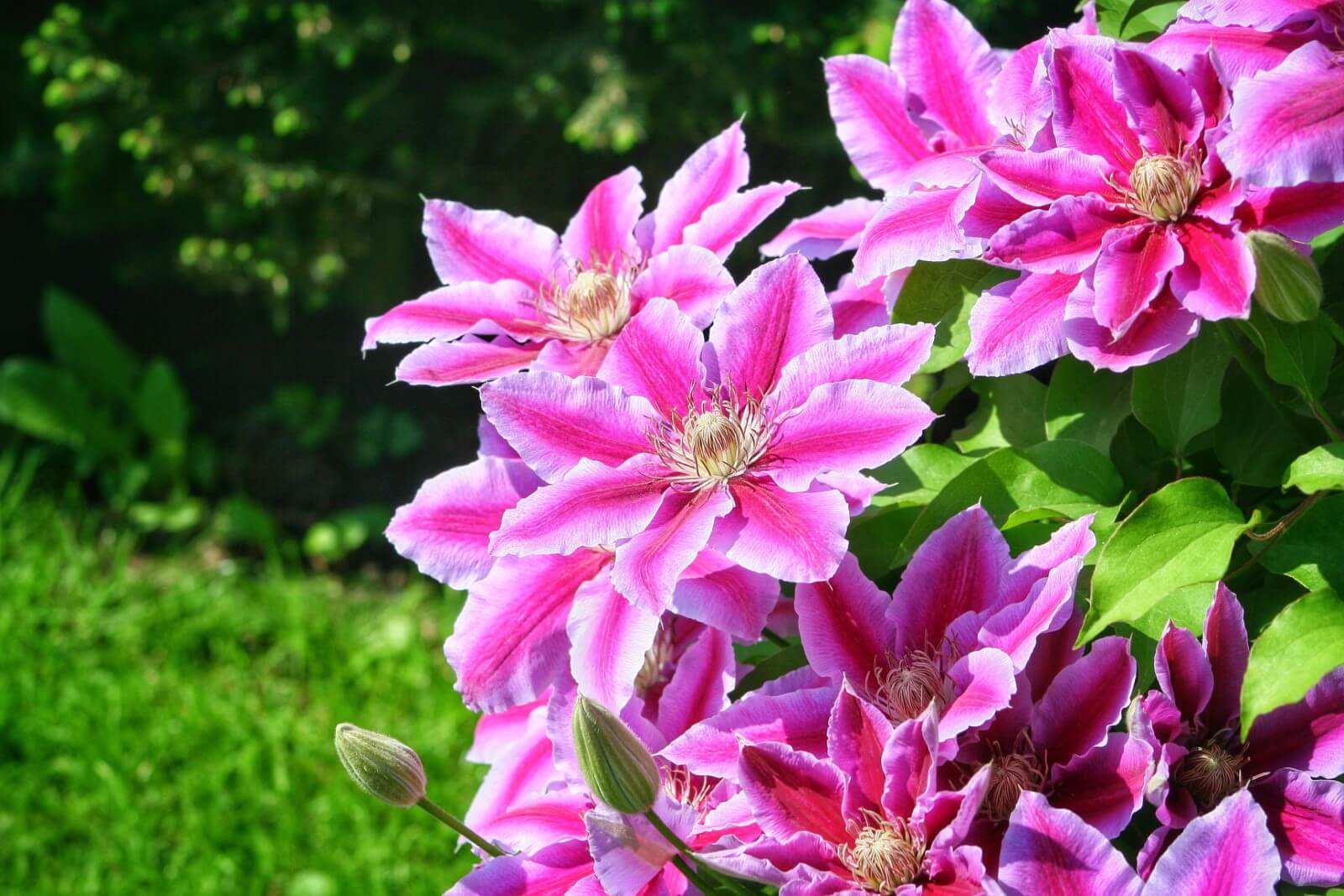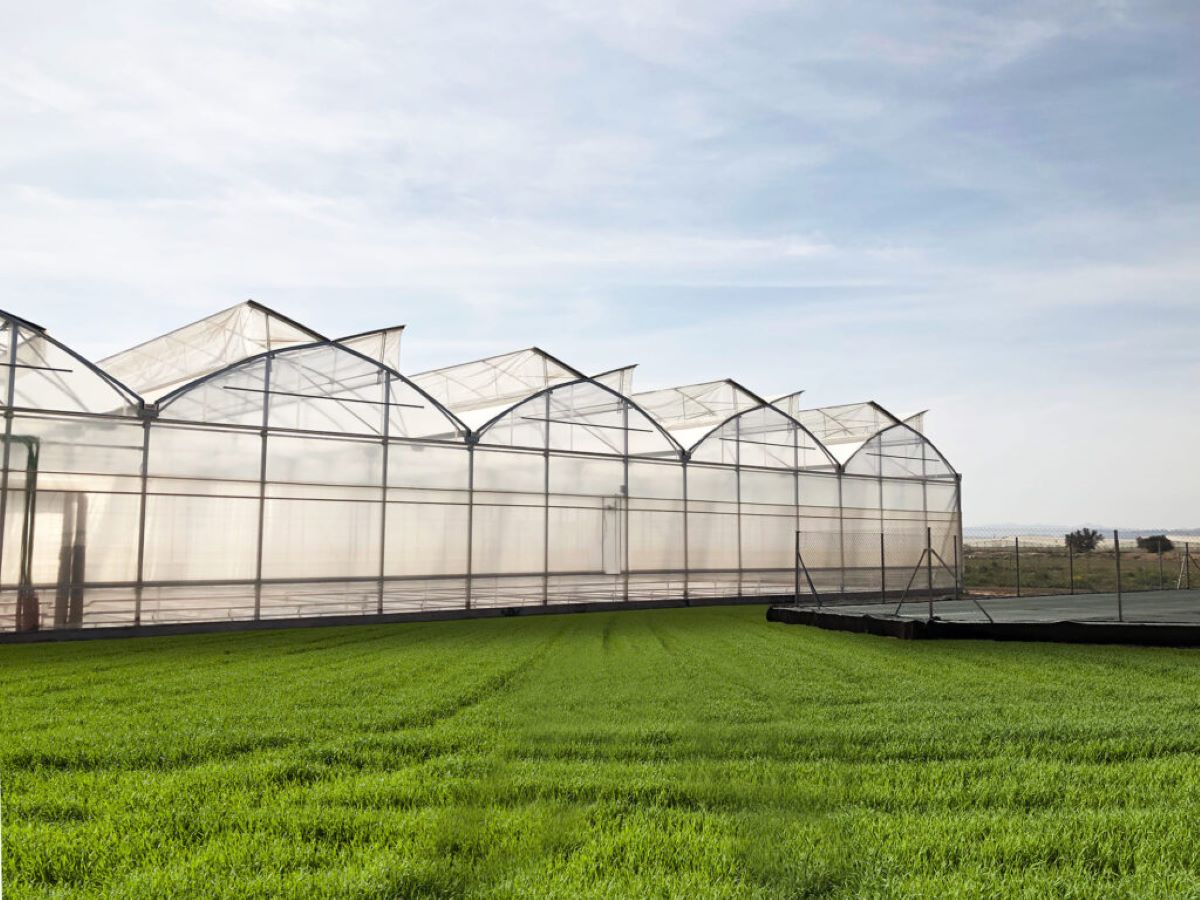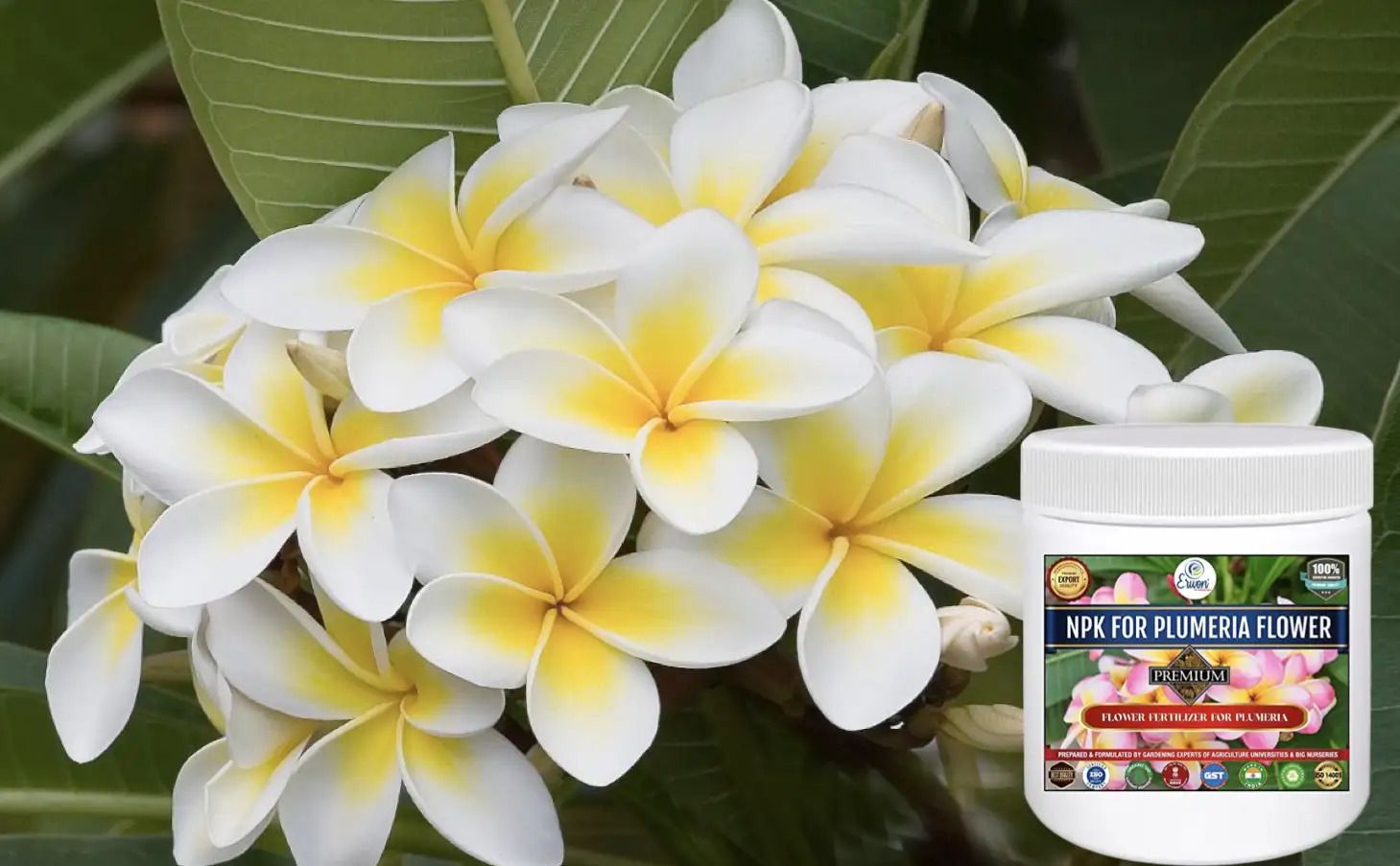Home>Gardening News and Trends>Latest News>What Kind Of Trees Are In The Amazon Rainforest


Latest News
What Kind Of Trees Are In The Amazon Rainforest
Published: October 27, 2023
Discover the Latest News and Explore the Variety of Trees in the Breathtaking Amazon Rainforest. Immerse yourself in the beauty and diversity of this natural wonder.
(Many of the links in this article redirect to a specific reviewed product. Your purchase of these products through affiliate links helps to generate commission for Chicagolandgardening.com, at no extra cost. Learn more)
Table of Contents
Introduction
The Amazon rainforest is not only a global treasure but also a crucial component of our planet’s ecosystem. Spanning across several countries in South America, including Brazil, Peru, and Colombia, it is the largest tropical rainforest in the world, covering approximately 2.7 million square miles.
This magnificent rainforest, often referred to as the “Lungs of the Earth,” plays a vital role in regulating the Earth’s climate by storing carbon dioxide and producing oxygen through photosynthesis. It is estimated that the Amazon rainforest produces over 20% of the world’s oxygen. Additionally, it serves as a habitat for countless plants, animals, and indigenous communities who have depended on it for centuries.
One of the key elements of the Amazon rainforest’s biodiversity is its vast array of tree species. The rainforest is home to an estimated 16,000 tree species, making it the most diverse forest in the world. These trees not only provide shelter and food for various species but also contribute to the overall health of the ecosystem.
In this article, we will explore the different types of trees found in the Amazon rainforest and their unique characteristics. From towering canopy trees to fascinating epiphytes, the diversity of tree species in the Amazon is truly remarkable. We will also delve into the threats faced by these trees and the conservation efforts being made to protect this invaluable natural resource.
Importance of the Amazon Rainforest
The Amazon rainforest is of paramount importance to the entire planet, playing a crucial role in various aspects of our lives. Let’s explore some of the key reasons why the preservation of this extraordinary ecosystem is vital.
Biodiversity: The Amazon rainforest is considered the most biodiverse place on Earth. It is estimated that this region is home to approximately 40,000 plant species, 3,000 freshwater fish species, and millions of insect species. The abundance and diversity of life in the rainforest contribute to the overall health and balance of the ecosystem.
Climate Regulation: The Amazon rainforest acts as a major driver of global climate patterns. Its towering trees absorb carbon dioxide, a greenhouse gas that contributes to climate change, and convert it into oxygen through photosynthesis. This process helps to mitigate the negative impacts of carbon emissions and plays a crucial role in regulating the Earth’s climate.
Water Cycle: The Amazon rainforest plays a significant role in regulating the water cycle. The dense vegetation helps to maintain adequate levels of humidity and rainfall in the region. The trees act as giant sponges, absorbing water from the soil and releasing it into the atmosphere through a process known as transpiration. This moisture then circulates and forms rain clouds, contributing to significant rainfall not only in the Amazon basin but in other parts of the world as well.
Medicinal Resources: The Amazon rainforest is a treasure trove of medicinal plants and natural resources. Indigenous communities have relied on the vast array of plant species for centuries to treat various ailments. Many modern medicines, including treatments for diseases such as cancer and malaria, have been derived from plants originating in the rainforest. The loss of these valuable resources could have serious implications for global health and wellbeing.
Source of Livelihood: The Amazon rainforest is home to millions of people, including indigenous communities who have been living in harmony with the forest for generations. These communities rely on the forest for their livelihoods, utilizing its resources for food, shelter, and traditional practices. The destruction of the rainforest not only threatens their way of life but also disrupts the delicate balance of the ecosystem.
Tourism and Recreation: The Amazon rainforest is a major tourist attraction, drawing visitors from around the world who are eager to explore its unique biodiversity and experience its natural wonders. Ecotourism provides economic opportunities for local communities and promotes environmental awareness and conservation efforts.
Given the immense importance of the Amazon rainforest, it is crucial that we take concrete steps to protect and preserve this valuable ecosystem. In the following sections, we will delve into the incredible diversity of tree species found in the Amazon rainforest and the threats they face.
Diversity of Trees in the Amazon Rainforest
The Amazon rainforest is a veritable treasure trove of tree species, showcasing an unparalleled level of diversity. With an estimated 16,000 different tree species, it is the most diverse forest in the world. These trees not only contribute to the overall beauty of the rainforest but also play a vital role in maintaining its delicate ecological balance.
One of the defining features of the Amazon rainforest is the layers of vegetation, each with its own set of tree species. Let’s explore some of these layers and the trees that thrive within them:
Canopy Trees:
The canopy layer is the uppermost layer of the rainforest, often referred to as the “roof” of the forest. It is made up of tall, closely spaced trees that form a continuous canopy, blocking out much of the sunlight from reaching the forest floor. Some of the iconic canopy trees found in the Amazon rainforest include the Brazil nut tree, the kapok tree, and the rubber tree. These towering giants provide shade and a habitat for numerous plant and animal species, forming a complex and intricate ecosystem.
Understory Trees:
Beneath the canopy layer lies the understory layer, characterized by smaller trees and shrubs. These trees adapt to the low light conditions by having larger leaves, enabling them to capture as much sunlight as possible. Some notable understory tree species in the Amazon rainforest include the cecropia tree, the heliconia, and the cocoa tree. The understory trees play a vital role in providing additional food and shelter for a variety of animals, including birds, insects, and small mammals.
Emergent Trees:
Above the canopy layer stand the emergent trees, towering giants that rise above the rest of the forest. These awe-inspiring trees can reach heights of over 200 feet, and their towering presence is a sight to behold. Common emergent tree species in the Amazon rainforest include the kapok tree, the brazil nut tree, and the giant ceiba tree. These majestic trees not only provide habitat and food resources for a wide range of species but also play a crucial role in maintaining the integrity and stability of the forest ecosystem.
Epiphytes and Parasitic Trees:
The Amazon rainforest is also known for its fascinating variety of epiphytes and parasitic trees. Epiphytes are plants that grow on the surface of other plants, deriving their nutrients from the air and rain. Orchids, bromeliads, and ferns are some of the common epiphyte species found in the rainforest. Parasitic trees, on the other hand, obtain their nutrients by attaching themselves to host trees and tapping into their vascular systems. One prominent example of a parasitic tree is the strangler fig, which starts its life as an epiphyte and eventually grows around the host tree, eventually suffocating it.
The immense diversity of trees in the Amazon rainforest is a testament to the richness of this incredible ecosystem. Each tree species plays a unique role in maintaining the balance of the rainforest and contributing to its overall health and vitality. However, these trees face numerous threats, which will be discussed in the next section.
Canopy Trees
The canopy layer of the Amazon rainforest is composed of tall, closely spaced trees that form a continuous canopy, creating a lush green roof over the forest below. These canopy trees are an integral part of the rainforest ecosystem, providing shade, habitat, and resources for a wide variety of plant and animal species.
One of the iconic canopy trees found in the Amazon rainforest is the Brazil nut tree (Bertholletia excelsa). These towering giants can grow up to 160 feet tall and have a lifespan of over 500 years. The Brazil nut tree plays a vital role in the rainforest by providing food and shelter for a wide range of animals, including agoutis, tapirs, and monkeys. It is particularly known for its large round fruits, which contain delicious edible nuts. The Brazil nut tree is also a keystone species, as its reproduction relies on a particular type of bee to pollinate its flowers.
Another notable canopy tree in the Amazon rainforest is the kapok tree (Ceiba pentandra). These massive trees can reach heights of up to 200 feet, making them one of the tallest trees in the rainforest. The kapok tree is recognizable by its straight trunk, buttressed roots, and umbrella-shaped canopy. It is an important source of food and habitat for various species, including birds, insects, and mammals. The fluffy fibers found within the tree’s seed pods are often used by birds to construct their nests.
The rubber tree (Hevea brasiliensis) is yet another significant canopy tree in the Amazon rainforest. These trees can grow up to 100 feet tall and are a valuable resource for humans. The latex obtained from the rubber tree is used to produce natural rubber, which has various industrial applications. The rubber tree also provides habitat for a diverse range of species and contributes to the overall health and stability of the rainforest ecosystem.
In addition to these specific tree species, numerous other canopy trees add to the incredible biodiversity of the Amazon rainforest. These include the mahogany tree, the Brazil nut tree, the cacao tree, and the açai palm. Each of these trees plays a unique role in providing habitat, food, and resources for countless organisms that call the rainforest home.
Unfortunately, the canopy layer of the Amazon rainforest is under threat due to deforestation, logging, and anthropogenic activities. The loss of canopy trees has severe consequences for the entire ecosystem, affecting not only the plant and animal species that depend on them but also the regulation of climate patterns and the overall health of the planet.
Conservation efforts, such as reforestation initiatives, protected areas, and sustainable logging practices, are being implemented to preserve and restore the canopy trees of the Amazon rainforest. These efforts aim to strike a balance between economic development and the protection of this vital natural resource.
The canopy trees of the Amazon rainforest hold immeasurable value in terms of their ecological significance, cultural importance, and contribution to humanity. It is crucial that we continue to prioritize their preservation and work towards creating a sustainable future for this awe-inspiring ecosystem.
Understory Trees
Beneath the towering canopy layer of the Amazon rainforest lies the understory layer, characterized by smaller trees and shrubs. These understory trees play a crucial role in the overall health and biodiversity of the rainforest, providing habitat, food, and resources for a wide range of plant and animal species.
One notable understory tree in the Amazon rainforest is the cecropia tree (Cecropia spp.). These fast-growing trees have large, palm-shaped leaves and are often the first to colonize open spaces in disturbed areas of the rainforest. The cecropia tree forms a symbiotic relationship with ants, which live in the hollow stems and defend the tree from herbivores. The leaves of the cecropia tree serve as a food source for various animals, including sloths, monkeys, and insects.
The heliconia tree (Heliconia spp.) is another common understory tree found in the Amazon rainforest. These trees are known for their vibrant, showy flowers, which attract pollinators such as hummingbirds and butterflies. The heliconia tree plays a vital role in the rainforest ecosystem by providing nectar and shelter for a wide range of organisms. Additionally, the leaves of the heliconia tree collect and store rainwater, providing a water source for small animals and insects.
The cocoa tree (Theobroma cacao) is a significant understory tree with tremendous economic and cultural importance. This evergreen tree produces large, oval-shaped fruits, which contain cocoa beans used to make chocolate. The cocoa tree thrives in shaded, understory conditions, making it well-suited for the lower levels of the rainforest. The cultivation of cocoa trees not only supports local communities but also contributes to the preservation of rainforest habitats.
The understory layer of the Amazon rainforest is teeming with countless other tree species, including the trumpet tree, the walking palm, and the sapodilla tree. These trees provide shelter, food, and resources for a diverse range of wildlife, including birds, reptiles, and small mammals. Additionally, the understory trees help regulate temperature and moisture levels, creating a microenvironment that supports the growth and survival of many plant and animal species.
Unfortunately, like the canopy layer, the understory trees of the Amazon rainforest face threats from deforestation and human activities. Logging, agriculture expansion, and mining pose a risk to these vital trees and the delicate balance of the ecosystem. However, conservation efforts, such as the establishment of protected areas and sustainable land-use practices, are being undertaken to help preserve the understory trees and the entire rainforest ecosystem.
The understory trees of the Amazon rainforest play an essential role in maintaining the biodiversity and functioning of this remarkable ecosystem. Recognizing their significance and implementing sustainable practices are crucial steps towards ensuring the continued survival and well-being of these remarkable tree species and the diverse web of life they support.
Emergent Trees
Above the vast canopy layer of the Amazon rainforest, towering eminently, are the emergent trees. These giants rise above the rest of the forest, reaching extraordinary heights and playing a vital role in the rainforest ecosystem.
One of the prominent emergent tree species found in the Amazon rainforest is the kapok tree (Ceiba pentandra). These majestic trees can grow to heights of over 200 feet, towering over the rest of the forest. The kapok tree is recognizable by its straight trunk, buttressed roots, and umbrella-shaped canopy. Its large white or pink blossoms attract pollinators, while its large fruit pods contain cotton-like fibers used by birds for nest building. The kapok tree is not only admired for its grandeur but also provides a vital habitat for a diverse range of plant and animal species.
Another awe-inspiring emergent tree species in the Amazon rainforest is the brazil nut tree (Bertholletia excelsa). These towering giants can reach heights of up to 160 feet, and their trunks can measure over 6 feet in diameter. The brazil nut tree plays a significant role in the rainforest ecosystem and the livelihoods of local communities. It has a unique relationship with agoutis, a small rodent that helps with seed dispersal. The tree’s large pods contain approximately 10 to 25 individual brazil nuts, which are collected and exported worldwide. The brazil nut tree is not only ecologically important but also economically valuable to the indigenous communities who rely on its sustainably harvested nuts.
The giant ceiba tree (Ceiba speciosa) is yet another remarkable emergent tree found in the Amazon rainforest. Also known as the silk-cotton tree, it can reach staggering heights of up to 230 feet. The ceiba tree has a distinctive trunk covered with spines or thorns, and during the dry season, it sheds its leaves to conserve water. The tree’s large flowers attract a wide range of pollinators, including bats and butterflies. The ceiba tree holds cultural significance for indigenous populations, who believe it is a sacred tree connecting the underworld, the terrestrial world, and the heavens.
These emergent trees not only dominate the skyline but also serve crucial ecological roles within the rainforest ecosystem. They provide habitat, shade, and food resources for a variety of species. Their towering stature enables them to capture ample sunlight and disperse moisture, contributing to the overall health and stability of the rainforest.
Unfortunately, like other species in the Amazon rainforest, emergent trees are under threat from deforestation, illegal logging, and land conversion for agriculture. The loss of these majestic giants not only disrupts the delicate balance of the ecosystem but also diminishes the cultural and economic relationships that rely on them.
Conservation efforts, such as establishing protected areas and promoting sustainable logging practices, are vital in preserving these emblematic trees and their habitat. Recognizing the ecological, cultural, and economic value of emergent trees is crucial in ensuring the continued existence of these awe-inspiring giants and the overall health of the Amazon rainforest.
Epiphytes and Parasitic Trees
In the intricate web of life that is the Amazon rainforest, there are fascinating plant species that have adapted unique strategies to thrive in the diverse and challenging environment. Epiphytes and parasitic trees are two such remarkable examples, adding to the incredible biodiversity of this ecosystem.
Epiphytes:
Epiphytes are plants that grow on the surface of other plants without obtaining nutrients directly from the soil. They rely on air, rainwater, and debris for their nutrient needs. Orchids, bromeliads, ferns, and mosses are common examples of epiphytes found in the Amazon rainforest. These plants attach themselves to tree trunks, branches, or leaves, utilizing them as supports while deriving nutrients and moisture from rainwater and atmospheric sources. Epiphytes play a crucial role in the rainforest ecosystem, creating additional microhabitats for a variety of organisms. They provide nesting sites and food resources for insects, birds, and small mammals.
Parasitic Trees:
Parasitic trees, on the other hand, rely on other plants to obtain nutrients for their survival. They establish a parasitic relationship with host trees, tapping into their vascular systems to acquire water and essential nutrients. One well-known parasitic tree in the Amazon rainforest is the strangler fig (Ficus aurea). The strangler fig begins its life as an epiphyte, germinating in the canopy of a host tree. As it grows, its roots descend to the ground, enveloping and eventually strangling the host tree as it competes for light and resources. This process can take several decades, resulting in the death of the host tree, leaving behind a hollow structure within the strangler fig’s trunk.
The presence of epiphytes and parasitic trees in the Amazon rainforest adds to its visual beauty and ecological complexity. These unique plant species provide additional layers of biodiversity, supporting a plethora of organisms and creating microhabitats within the forest.
However, the delicate balance of epiphytes and parasitic trees is under threat from deforestation and habitat destruction. As trees are cleared, the availability of suitable host trees for epiphytes and parasitic trees diminishes, leading to a decline in their populations. The loss of these plant species not only affects the organisms that directly depend on them but also disrupts the intricate interconnectedness of the rainforest ecosystem.
Efforts are being made to conserve and protect the habitats of epiphytes and parasitic trees in the Amazon rainforest. Conserving intact forest areas, implementing sustainable land-use practices, and raising awareness about the importance of these unique plant species are crucial steps in preserving their biodiversity and ecological significance.
The captivating presence of epiphytes and parasitic trees in the Amazon rainforest serves as a reminder of the remarkable adaptability and resilience of nature. These species add to the magic and wonder of this biodiverse ecosystem, highlighting the importance of its preservation for future generations.
Threats to Amazon Rainforest Trees
The Amazon rainforest, with its rich diversity of trees, is facing numerous threats that endanger the survival of its invaluable tree species. These threats are primarily driven by human activities and pose significant risks to the health and stability of the entire ecosystem.
Deforestation:
One of the most pressing threats to Amazon rainforest trees is deforestation. Vast areas of the rainforest are being cleared for agricultural expansion, logging, mining, and infrastructure development. Trees are cut down and removed, leading to the loss of crucial habitat for countless plant and animal species. Deforestation disrupts the water cycle, contributes to climate change, and releases vast amounts of carbon dioxide into the atmosphere, further exacerbating global environmental concerns.
Illegal Logging:
Illegal logging activities in the Amazon rainforest pose another significant threat to its unique tree species. Trees are illegally felled and transported, often with little regard for sustainable practices or the protection of endangered tree species. Illegal logging not only leads to the loss of valuable tree resources but also contributes to habitat fragmentation and increased vulnerability to forest fires.
Agricultural Expansion:
The expansion of agriculture, particularly for cattle ranching and soybean production, is a leading cause of deforestation in the Amazon rainforest. Large areas of land are cleared and converted into monoculture plantations, resulting in the loss of diverse tree species, depletion of soil nutrients, and increased soil erosion. The use of harmful agrochemicals further contaminates water sources and affects the overall health of the ecosystem.
Mining:
The exploration and extraction of mineral resources in the Amazon rainforest have severe consequences for the region’s trees. Mining operations not only involve the clearing of large areas of vegetation but also disrupt the soil composition, leading to erosion and increased vulnerability to forest fires. The use of toxic chemicals, such as mercury, in mining activities poses additional threats to the health of trees and the surrounding ecosystems.
Climate Change:
Climate change is a global threat that has direct and indirect impacts on the trees of the Amazon rainforest. Rising temperatures, changing rainfall patterns, and increased frequency and intensity of droughts can lead to stress and mortality in trees. Extreme weather events, such as storms and hurricanes, can uproot or damage large numbers of trees, altering the structure and composition of the forest.
Infrastructure Development:
The construction of roads, dams, and other infrastructure projects in the Amazon rainforest also poses a significant threat to its trees. These projects fragment the forest, leading to habitat loss and increased human encroachment. Infrastructure development opens up previously inaccessible areas, making them more susceptible to illegal activities and furthering deforestation.
The combined impact of these threats puts the Amazon rainforest at great risk. The loss of tree species not only results in the extinction of unique and valuable plant life but also disrupts the delicate balance of the ecosystem, negatively impacting countless species of wildlife that depend on the forest for their survival.
Efforts are being made to address these threats through conservation initiatives, sustainable land-use practices, and the establishment of protected areas. It is crucial to prioritize the preservation of the Amazon rainforest, protect its incredible tree species, and ensure the sustainable management of its resources for the benefit of current and future generations.
Conservation Efforts for Amazon Rainforest Trees
The conservation of Amazon rainforest trees is of paramount importance to safeguard the remarkable biodiversity, environmental stability, and cultural significance of this precious ecosystem. Efforts are being made at various levels to protect and preserve these invaluable tree species and the diverse web of life they support.
Protected Areas:
One of the key strategies in conserving Amazon rainforest trees is the establishment of protected areas. National parks, nature reserves, and indigenous territories offer legal protection and management strategies to safeguard the trees and their associated habitats. These protected areas help mitigate deforestation and create spaces where trees can thrive undisturbed. By restricting human intervention and promoting sustainable practices, protected areas contribute to the long-term preservation of Amazon rainforest trees.
Sustainable Land Use:
Promoting sustainable land-use practices is essential in ensuring the conservation of Amazon rainforest trees. Practices such as agroforestry and sustainable logging minimize the ecological footprint and allow for the regeneration of tree species. Agroforestry integrates tree cultivation with agricultural practices, preserving the canopy and understory layers while providing economic opportunities for local communities. Sustainable logging practices prioritize selective cutting, reforestation, and the protection of endangered and valuable tree species.
Rainforest Certification:
Rainforest certification programs, such as the Forest Stewardship Council (FSC), promote sustainable forestry practices. Certification ensures that timber and non-timber forest products are sourced from responsibly managed forests, providing consumers with the choice to support sustainable practices. By purchasing products with FSC certification or other recognized labels, individuals can contribute to the conservation of Amazon rainforest trees by supporting sustainable industries and discouraging illegal logging.
Indigenous Land Rights:
A crucial aspect of conserving Amazon rainforest trees is recognizing and respecting indigenous land rights. Indigenous communities have long been stewards of the forest, maintaining traditional ecological knowledge and sustainable practices. Recognizing and strengthening indigenous rights and control over their ancestral lands helps protect the Amazon rainforest’s trees. Indigenous-led conservation initiatives focus on community-based sustainable management, preventing deforestation, and preserving the traditional ways of life intertwined with the forest.
International Cooperation:
International cooperation and collaboration among governments, organizations, and stakeholders are essential in conserving Amazon rainforest trees. Collaboration can include sharing expertise, resources, and best practices, as well as promoting global awareness and support for the conservation efforts. Through partnerships, governments and organizations can work together to tackle deforestation, illegal logging, climate change, and other threats to the rainforest and its trees.
The conservation of Amazon rainforest trees requires a holistic approach that combines legal protection, sustainable practices, community involvement, and international cooperation. It is a collective responsibility to ensure that these magnificent trees continue to thrive for future generations, maintaining the balance of the ecosystem, and preserving the cultural and ecological richness of the Amazon rainforest.
Conclusion
The Amazon rainforest is a breathtaking natural wonder that harbors an incredible diversity of tree species. From the towering canopy trees to the intricate epiphytes and parasitic trees, each species plays a vital role in maintaining the balance of this unique ecosystem. However, these magnificent trees face numerous threats, including deforestation, illegal logging, agriculture expansion, mining, and climate change.
Conservation efforts are crucial in preserving the Amazon rainforest and its diverse tree species. Initiatives such as protected areas, sustainable land-use practices, rainforest certification, and recognition of indigenous land rights are key strategies in this endeavor. Collaboration and international cooperation are paramount to addressing the complex challenges facing the rainforest.
The Amazon rainforest is not only an ecological treasure but also a source of livelihood, cultural heritage, and potential medicinal resources. By safeguarding the trees of the rainforest, we protect the countless species that depend on them, mitigate climate change, and uphold the rights and traditions of indigenous communities.
As individuals, we can contribute to the conservation of Amazon rainforest trees through responsible consumer choices, supporting sustainable industries, and raising awareness about the importance of preserving this valuable ecosystem. By valuing and protecting the irreplaceable trees of the Amazon, we ensure a sustainable future for generations to come.







